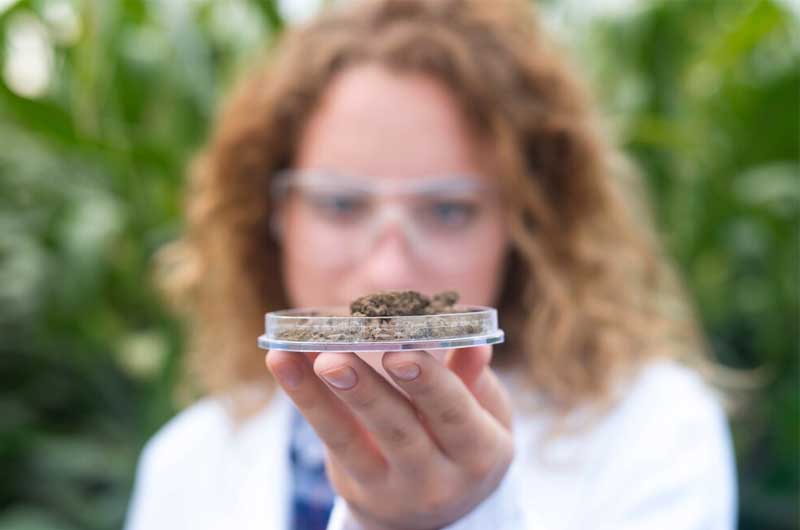
Health Canada 2024 Cannabis Updates
Canada’s cannabis rules are always changing, and staying up-to-date with these changes is crucial for businesses operating in this space. Recently, Health Canada proposed amendments
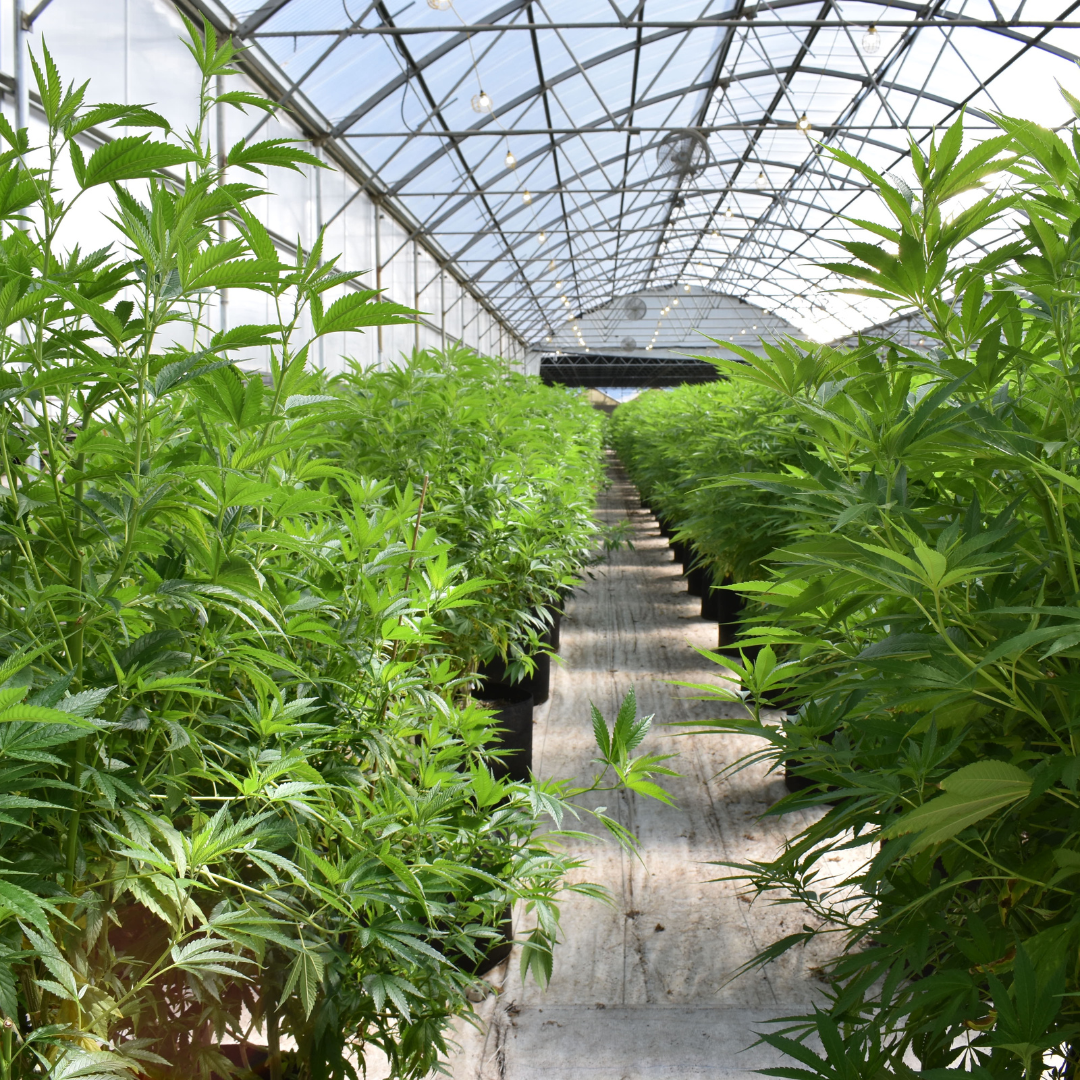
The ACMPR (Access to Cannabis for Medical Purposes Regulations) is a comprehensive set of regulations that provide Canadians with access to regulated medical cannabis while simultaneously facilitating the research and development of medical cannabis. It gives individuals a legal right to possess and use dried cannabis flowers, cannabis oil, and other cannabis derivatives for personal medical purposes. The regulations also support product safety protocols for those purchasing from licensed producers.
In order to be eligible to apply for an ACMPR license, an individual must have a valid medical cannabis prescription from a health care professional authorized by Health Canada. If you have a qualifying medical condition and have received your medical document, then you may be able to apply for an ACMPR license and legally purchase and possess dried cannabis flowers, oil or other cannabis derivatives from a licensed producer.
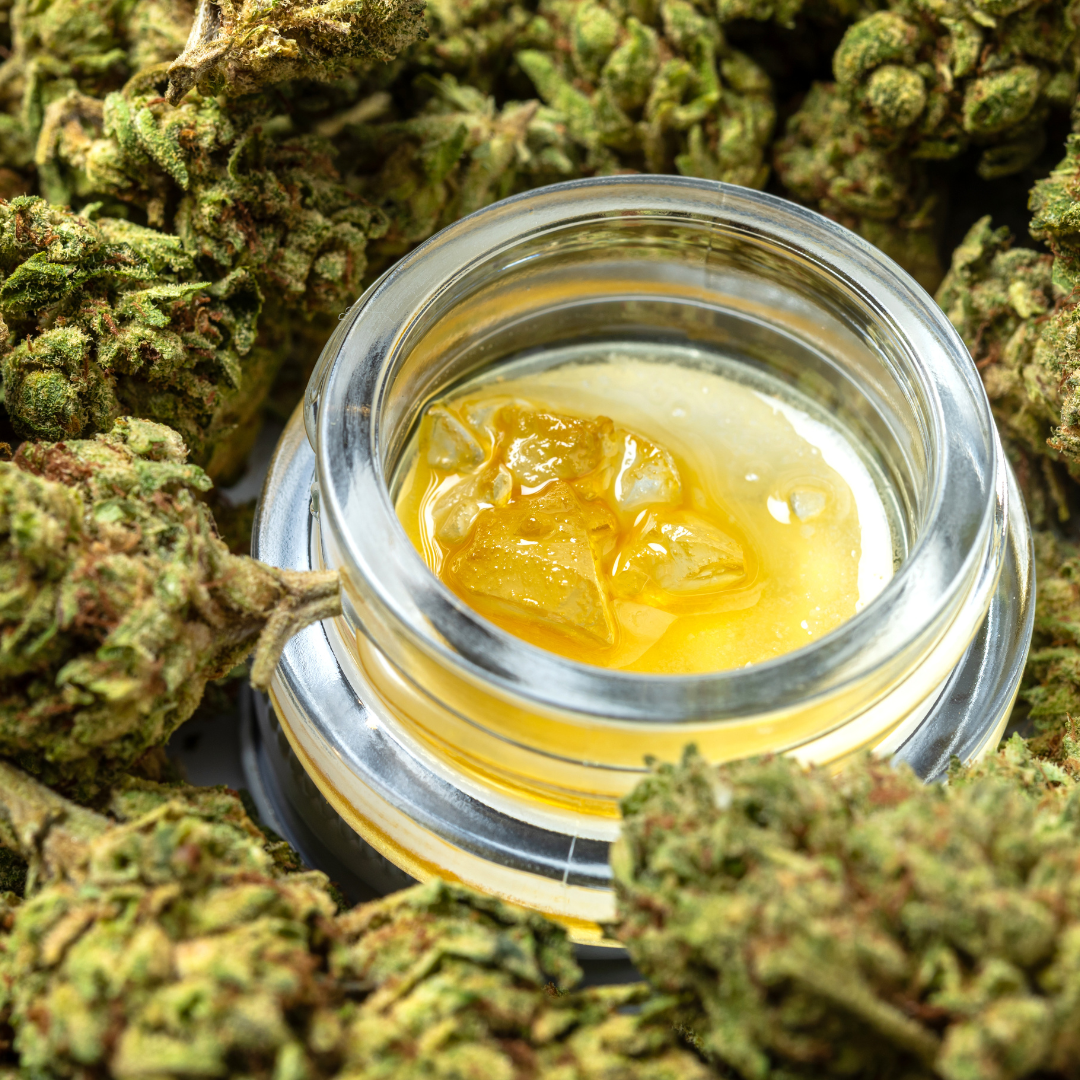
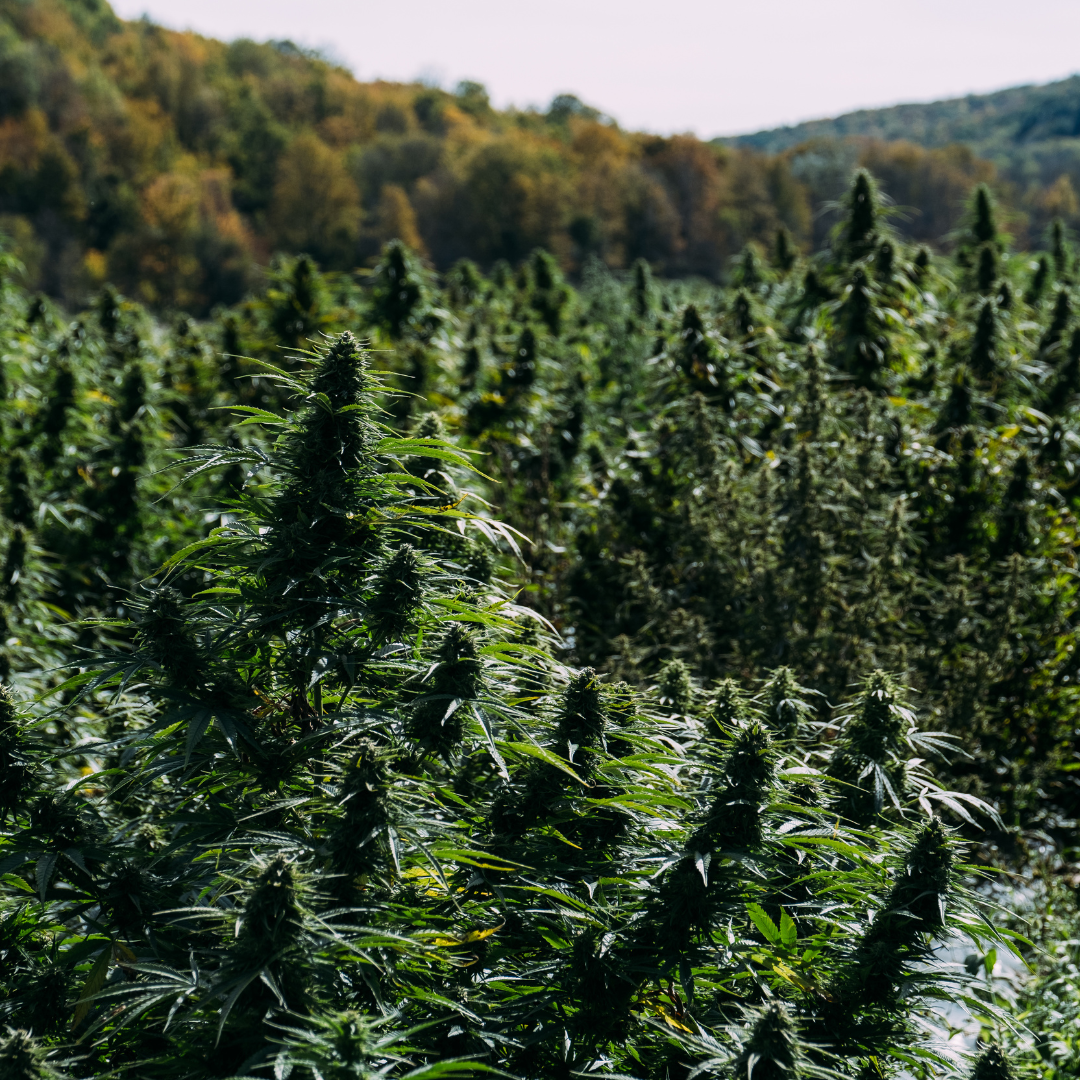
To apply for an ACMPR license, applicants must provide proof of identity and age; a medical document from a health care professional authorized by Health Canada; proof of address in form of government-issued photo identification or utility bill; and a notarized declaration stating the applicant understands their responsibilities as outlined in the Access to Cannabis for Medical Purposes Regulations (ACMPR). Additionally, some health care professionals may have additional documents that they require in order to issue a medical cannabis prescription.
The application process for an ACMPR license is straightforward and simple to follow. All you need to do is to complete a six-page document, along with your documents proving identity and age, as well as having a medical document from a health care professional. Once all these steps are completed, you can proceed to submit the application form and wait for approval.
The application process for obtaining an ACMPR license involves a few steps. First, you must fill out the online application form and submit it with all required documents to Health Canada. Once your completed application is received, Health Canada will review it and communicate their decision to you via email or mail. If approved, your ACMPR license and registration documents will be sent to you; if declined, in most cases, you can appeal the decision with additional information or resubmit your application.
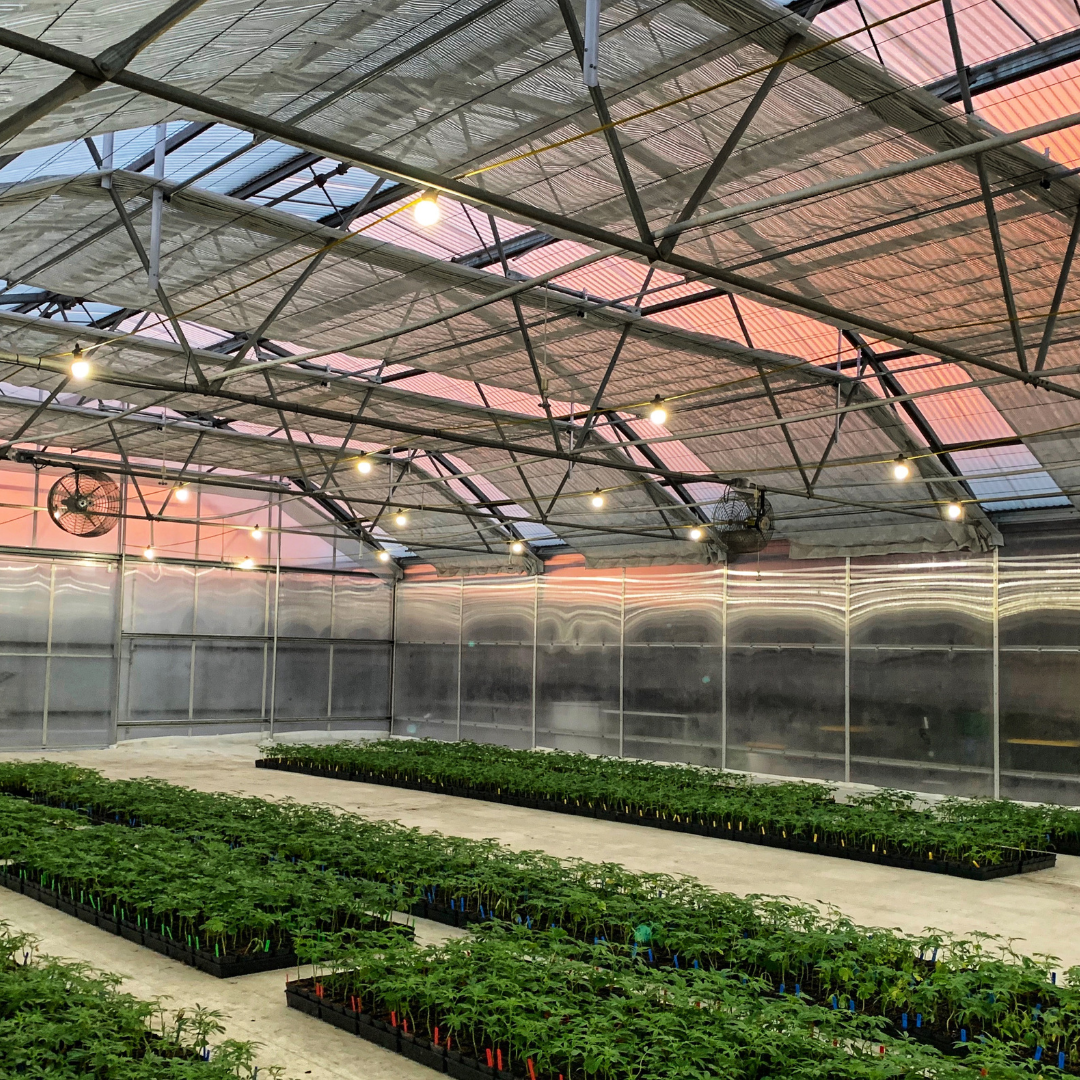
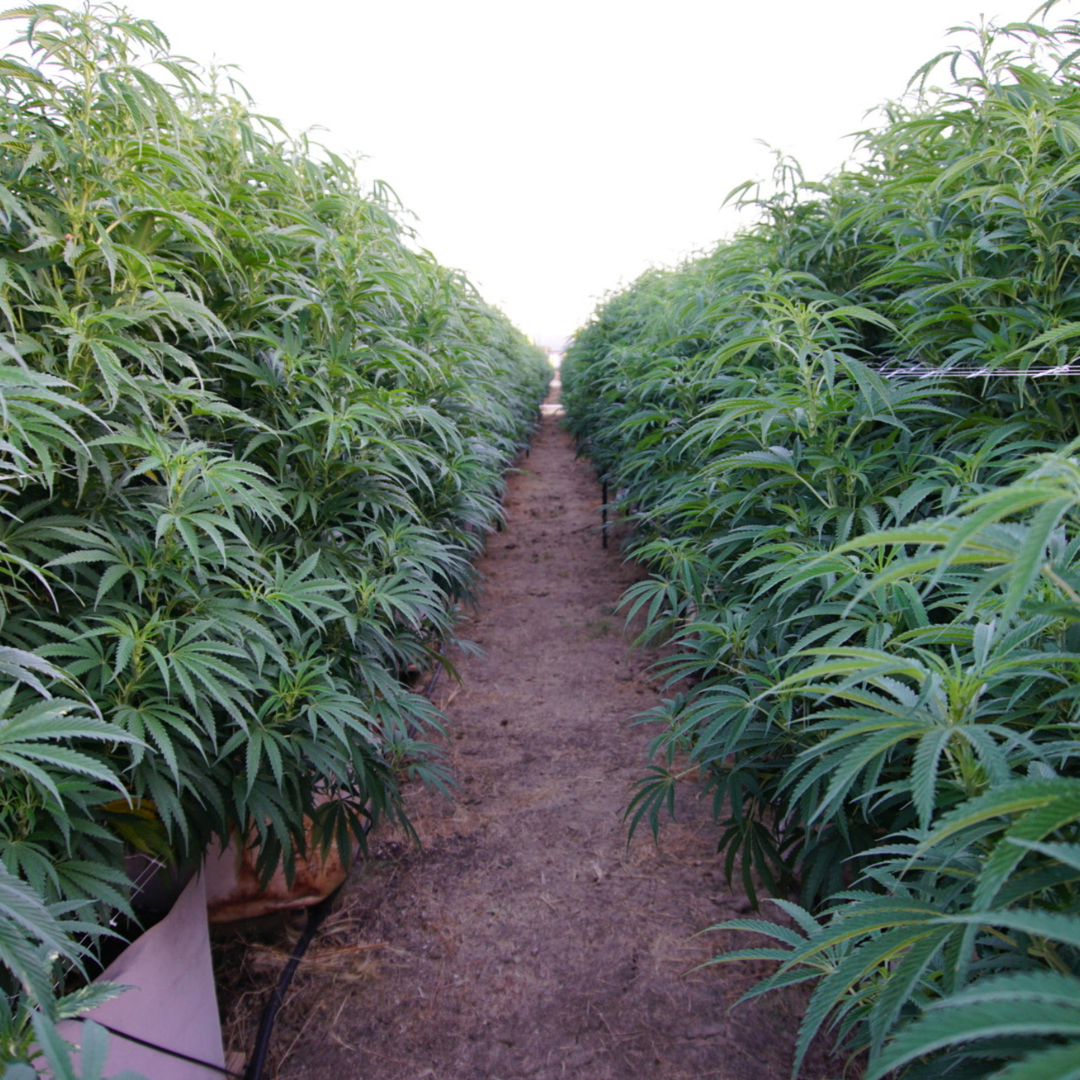
When you receive an ACMPR license, it is only valid for a period of one year. In order to continue growing cannabis with your ACMPR license you need to renew it annually. Before renewal can be approved, you will need to be able to present the following documents: Your original ACMPR license, proof that you’ve grown and disposed of medical cannabis in a safe manner that respects the environment, as well as proof of identity and age. Once these have been provided and approved, the renewal process will begin.
In order to be eligible for an ACMPR license, you must be 18 or older and a Canadian citizen, a permanent resident, or have proof of legal entry to Canada. You must also provide official documents proving that you suffer from a serious medical condition that could be relieved by using medical cannabis. Additionally, you will need two doctors’ support letters confirming your medical condition or that of an individual being cared for by the applicant. Finally, you will be required to submit personal identification documents and any additional information requested by Health Canada.
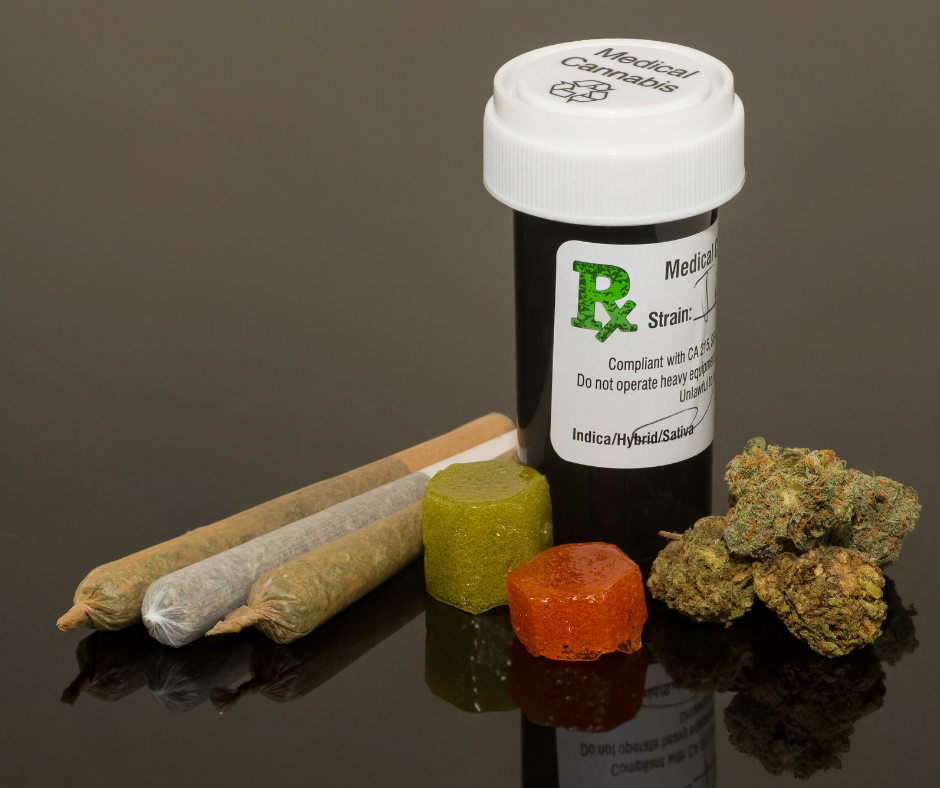

When submitting an ACMPR license application, it is important to include all required documentation. This includes a completed application form (including medical documents and proof of identity), a completed declaration form, and a medical document signed by a healthcare provider confirming that you have an eligible condition according to Health Canada regulations. It is also important to note that the information provided on these forms is proof of your eligibility; if you do not include all required documentation, your application may be declined or require additional review time.
When applying for an ACMPR license, applicants must specify the maximum number of cannabis plants that they are allowed to grow. This maximum number is calculated by multiplying the authorized daily dose (in grams) approved by Health Canada by 0.1 grams, and then dividing this number by the estimated yield per plant. Furthermore, ACMPR licenses can also indicate outdoor or indoor cannabis plant sites as long as these locations meet strict security guidelines and have professional cultivation plans in place. All indoor sites must be indoors with adequate ventilation and light control systems in place, while all outdoor sites must be fenced with a locked enclosure.
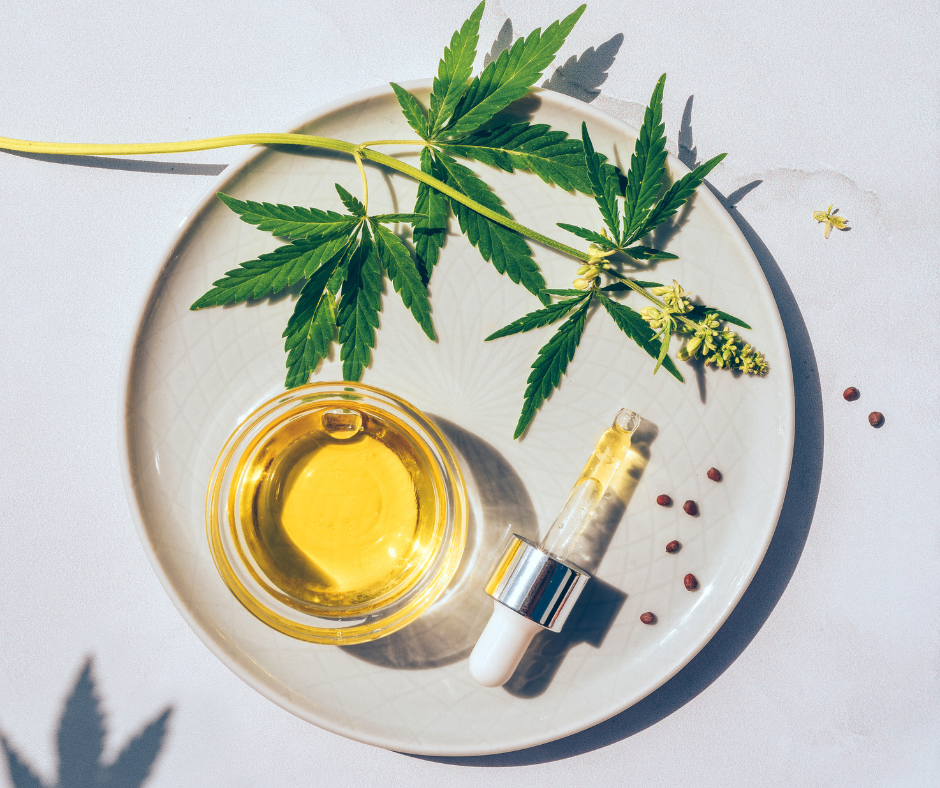

An ACMPR license holder must adhere to strict security requirements when storing cannabis products. All controlled substances must be stored in a safely locked and secure vault, with alarms or other reliable monitoring testing systems installed and operational at all times while under the custody or control of the license holder. As part of the security measures, access to the vault should be restricted to authorized persons only, including company personnel, law enforcement officers, and regulatory inspectors. Additionally, cannabis products should be separated from other product categories in containers that are always labeled accurately to allow for quick identification in the event of retrieval.

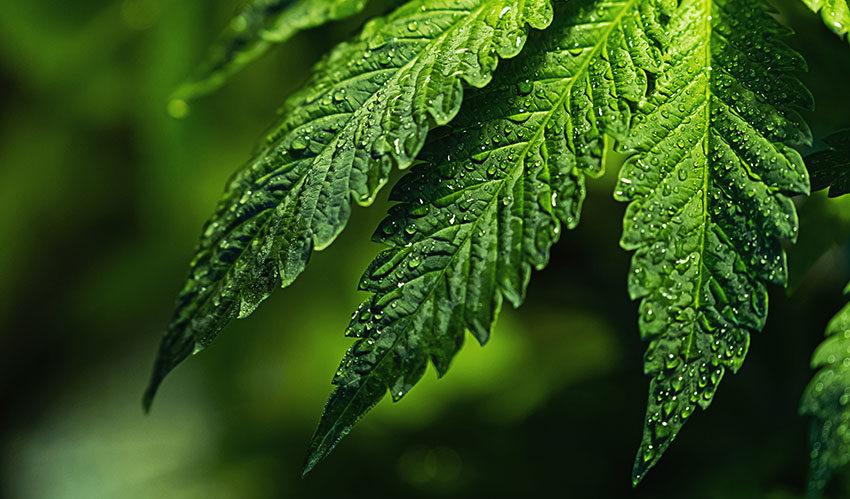
Under the Cannabis Act, Health Canada established a national Cannabis Tracking System, also known as the Cannabis Tracking and Licensing System (CTLS). The system was enacted in order to track high-level movements of cannabis and prevent supply chain diversion and/or inversion. It is also the system applicants should use to apply for a cannabis license.
Health Canada has established that the CTLS be the primary way to submit application for cannabis licensing. The first step in creating an application is to set up an individual user account. As a reference for more information, the CTLS “Getting Startted Guide” is available on the Health Canada website. If it is not feasible to use CTLS as the primary manner for licensing, contact Health Canada for more guidance.
Back on August 24, 2016, the ACMPR replaced the 2013 implementation of the MMPR. The Supreme Court of Canada ruled that restricting legal access to only dried marijuana was unconstitutional. The Court decided that individuals with medical needs have the right to use and make other cannabis products. As a result, the Minister of Health issued exemptions to allow licensed producers to cultivate and sell cannabis oil, fresh marijuana buds, and leaves in addition to dried marijuana. The regulations also allowed authorized users to possess and alter different forms of cannabis.

Canada’s cannabis rules are always changing, and staying up-to-date with these changes is crucial for businesses operating in this space. Recently, Health Canada proposed amendments
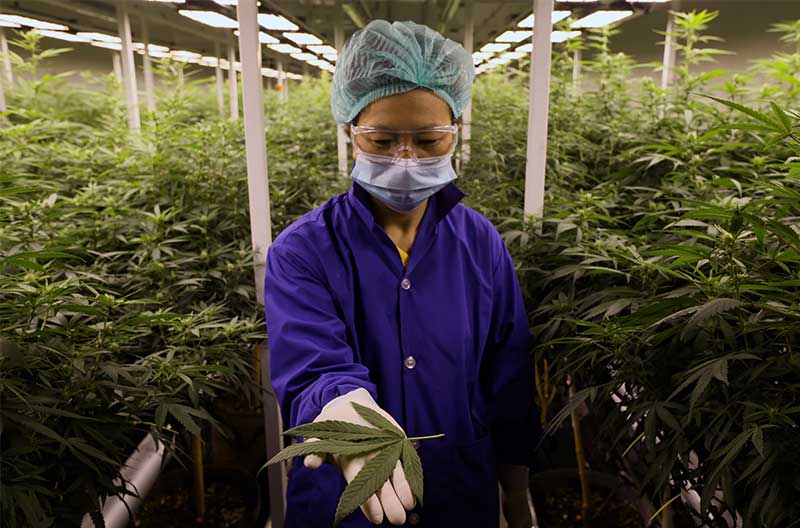
Latest Proposed Cannabis Amendments by Health Canada in 2024 Health Canada has proposed a series of regulatory amendments aimed at streamlining various requirements related to
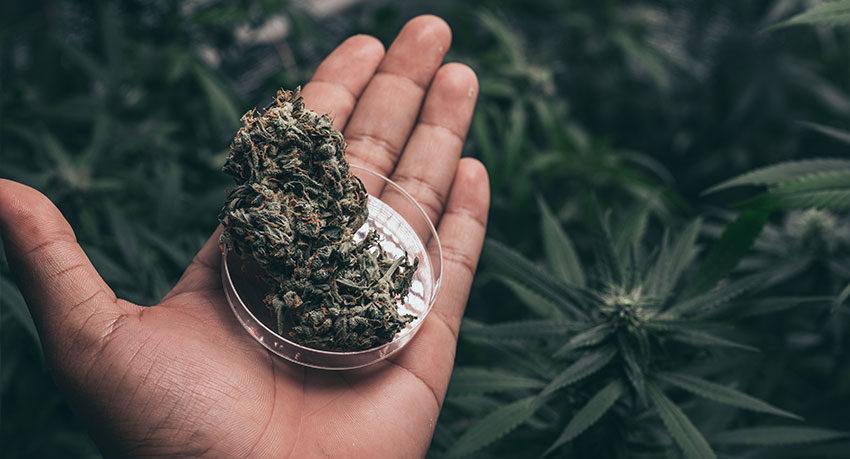
Health Canada has recently introduced updated guidelines that directly impact micro and standard processing license holders within the cannabis industry. These guidelines revolve around products

The Maryland Cannabis Administration announced that the first application round for cannabis business licenses will open on November 13. The administration also revealed the number
Subscribe To Our Newsletter
Get Latest Industry News and Updates
